Retro Replay Review
Gameplay
Bushido Blade 2 builds on its predecessor’s uncompromising combat system by retaining the signature one-hit kill mechanic. Every strike matters: a precise thrust or slash to a vulnerable point can end a bout instantly, which means players must stay razor-sharp in both offense and defense. Gone are the health bars and flashy power meters—this is raw, unforgiving swordplay that rewards careful timing, positioning, and mastery of your chosen weapon.
(HEY YOU!! We hope you enjoy! We try not to run ads. So basically, this is a very expensive hobby running this site. Please consider joining us for updates, forums, and more. Network w/ us to make some cash or friends while retro gaming, and you can win some free retro games for posting. Okay, carry on 👍)
The game offers multiple modes tailored to different playstyles. Story Mode lets you progress through a narrative-driven series of encounters, while Versus Mode provides classic head-to-head duels with a friend or CPU. Slash Mode returns for quick, mission-based challenges, and the new Tournament Mode places rival clans in a kendo-like ring armed with shinai and bamboo weapons. This variety keeps the action fresh, whether you’re practicing your parry in a one-on-one sword duel or adjusting your tactics against an array of fighters in the ring.
Combat controls have been refined since the original Bushido Blade. You’ll find familiar stances—high, middle, and low—each altering your attack range and vulnerability. The introduction of iaijutsu draws and two-sword nitō styles expands your tactical options, encouraging experimentation to find a style that fits your reflexes. While newcomers may face a steep learning curve, veterans of the first game will appreciate the nuanced tweaks that make every fight feel alive and unpredictable.
Character progression in Story Mode adds another layer to the gameplay. Starting with six selectable warriors, you’ll encounter and challenge supporting characters as you advance through the narrative. Defeating these foes not only moves the plot forward but also unlocks them for use in other modes, incentivizing replay and mastery of different weapon types. This unlock system ensures that your growing roster feels earned and adds depth to both single-player and multiplayer sessions.
Graphics
Visually, Bushido Blade 2 takes advantage of the PlayStation’s capabilities to present a distinct late-’90s aesthetic. Character models are lean and angular, reflecting the game’s focus on realism over ornate flamboyance. While textures may seem dated by modern standards, they effectively convey the gritty, battle-worn garments and weathered steel of samurai weaponry.
The arena designs strike a balance between open battlefield expanses and intimate dojo settings. Backgrounds are detailed enough to suggest depth—lush forests, crumbling castle walls, and traditional Japanese architecture—yet sparse enough to keep the focus on the fighters themselves. Dynamic camera angles and subtle environmental animations, like falling leaves or shifting shadows, enhance immersion without distracting from the core swordplay.
Weapon animations stand out as the true stars of the show. Each blade type moves, vibrates, and clashes with distinct audio-visual feedback, making every parry and counter feel weighty. Sparks fly when steel meets steel, and the satisfying sound of a clean hit underscores the one-strike kill philosophy. This attention to kinetic detail adds a visceral thrill that compensates for the game’s moderate polygon counts.
Despite its age, the graphical style of Bushido Blade 2 remains evocative. The muted color palette and minimalist UI elements—little more than stance indicators and timer—reinforce the game’s disciplined approach. Fans of classic PlayStation visuals will find a certain nostalgic charm here, while newcomers can still appreciate the straightforward presentation that puts gameplay front and center.
Story
The narrative of Bushido Blade 2 is rooted in an eight-hundred-year feud between two samurai lineages: the Narukagami (descendants of the victorious Minamoto-allied Kagami clan) and the Shainto (heirs to the vengeful Sue clan). This generational conflict escalates into a modern-day ninja war, weaving historical context into a tale of honor, betrayal, and the pursuit of vengeance. The premise lends weight to each duel, as every combatant carries the legacy of their forebears into battle.
Story Mode unfolds through a series of single fights and brief cutscenes that reveal clan politics and personal motivations. While the cinematic sequences are minimal—often text-based interludes with character portraits—they effectively set the stage for each confrontation. You’ll learn about rivalries within your own clan, the code of bushido, and the hidden agendas that drive certain warriors to defy tradition in search of glory or redemption.
The game’s structure allows for branching encounters based on your performance. Facing off against opposing clan members and eventual bosses, you’ll uncover hidden alliances and rival personas. Victories unlock new fighters, each with unique backgrounds and combat philosophies, which enriches the lore and provides fresh perspectives on the central feud. This approach encourages multiple playthroughs to see every twist in the narrative and assemble a full roster of fighters.
Though Bushido Blade 2 isn’t a grand RPG with elaborate cutscenes or voiced dialogue, its concise storytelling complements the gameplay beautifully. The sparse narrative style mirrors the rigors of samurai tradition: every word, like every strike, carries significance. For players invested in the historical feud and the interpersonal dramas of these clans, the story adds a compelling undercurrent to the brutal duels.
Overall Experience
Bushido Blade 2 stands out as a unique entry in the fighting game genre, blending historical intrigue with brutal, one-hit-kill sword combat. Its departure from health bars and combo-heavy mechanics makes for an experience that feels both fresh and challenging, even decades after its release. Each match demands respect for timing, spacing, and the subtle interplay of stances.
The diverse modes—Story, Versus, Slash, and the new Tournament—offer plenty of replay value. Unlockable characters and weapon styles keep you coming back to explore different tactics, while the stark realism of each duel ensures that no two fights feel the same. Whether you’re exploring the narrative, honing your skills against the AI, or challenging a friend, Bushido Blade 2 delivers an unforgiving yet deeply rewarding challenge.
Graphically, the game captures the spirit of late ’90s console design without overreaching. Its focus on functional, evocative visuals means that every element serves gameplay rather than flashy spectacle. Combined with the minimalist UI and atmospheric sound design, this restraint reinforces the game’s emphasis on skill and precision.
Ultimately, Bushido Blade 2 is best suited for players seeking a thoughtful, disciplined approach to fighting games. If you crave visceral duels where a single misstep can end your fight, and you appreciate a historical backdrop that enriches each clash, this title remains a standout. Its niche appeal endures, making it a must-play for fans of realistic weapon-based combat and samurai lore.
 Retro Replay Retro Replay gaming reviews, news, emulation, geek stuff and more!
Retro Replay Retro Replay gaming reviews, news, emulation, geek stuff and more!
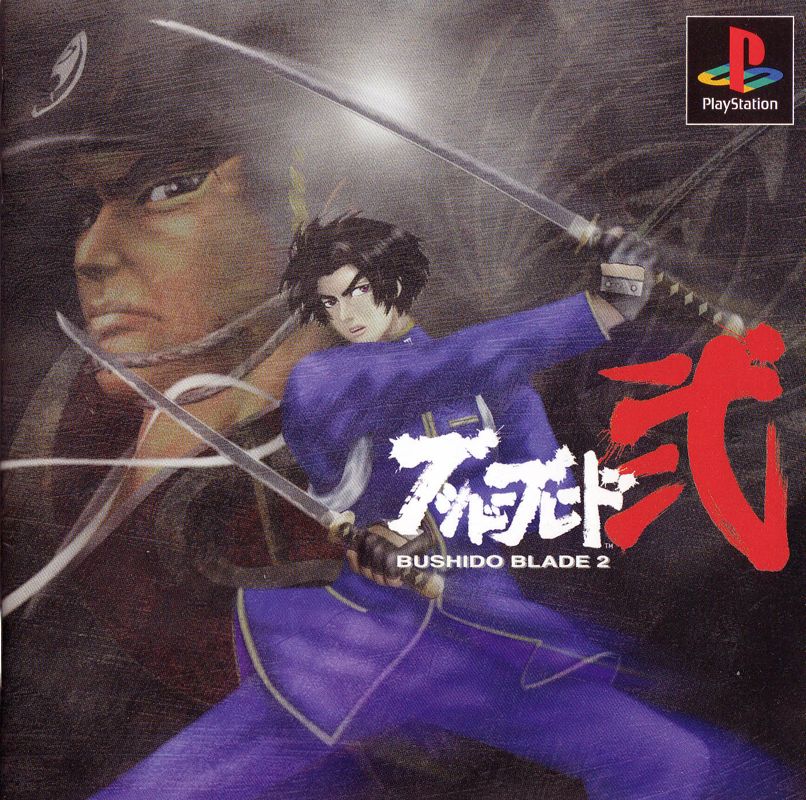
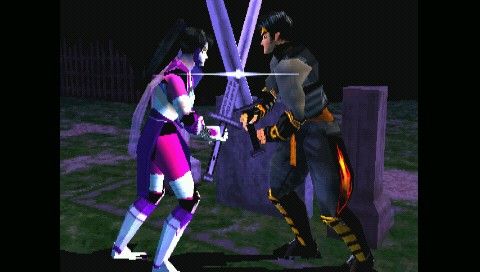
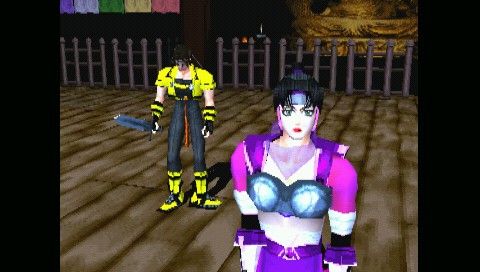
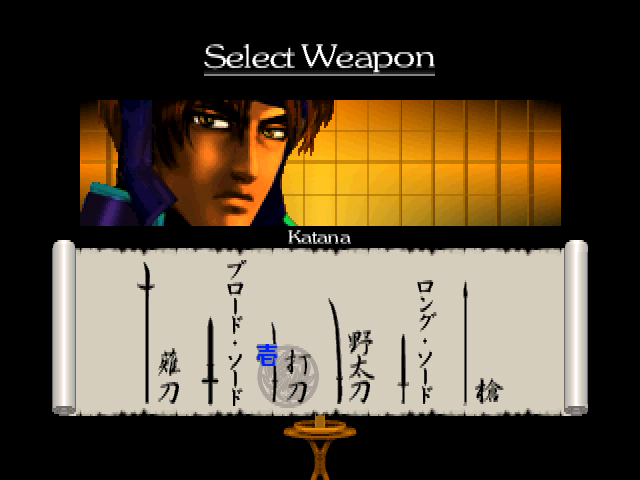
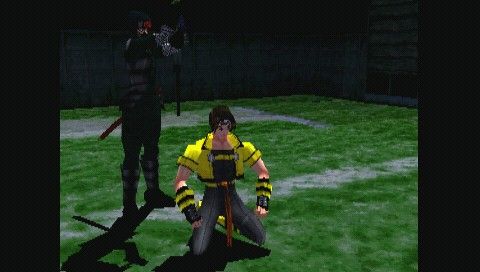
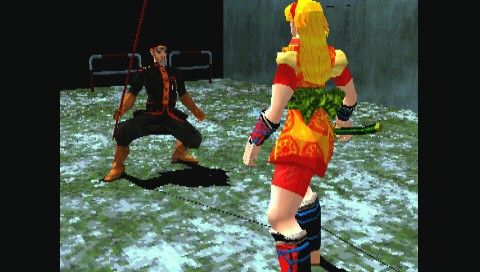


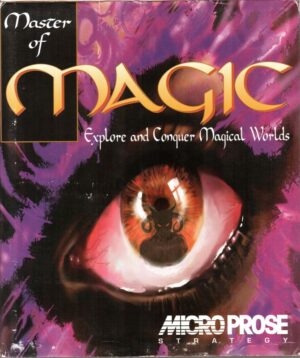
Reviews
There are no reviews yet.